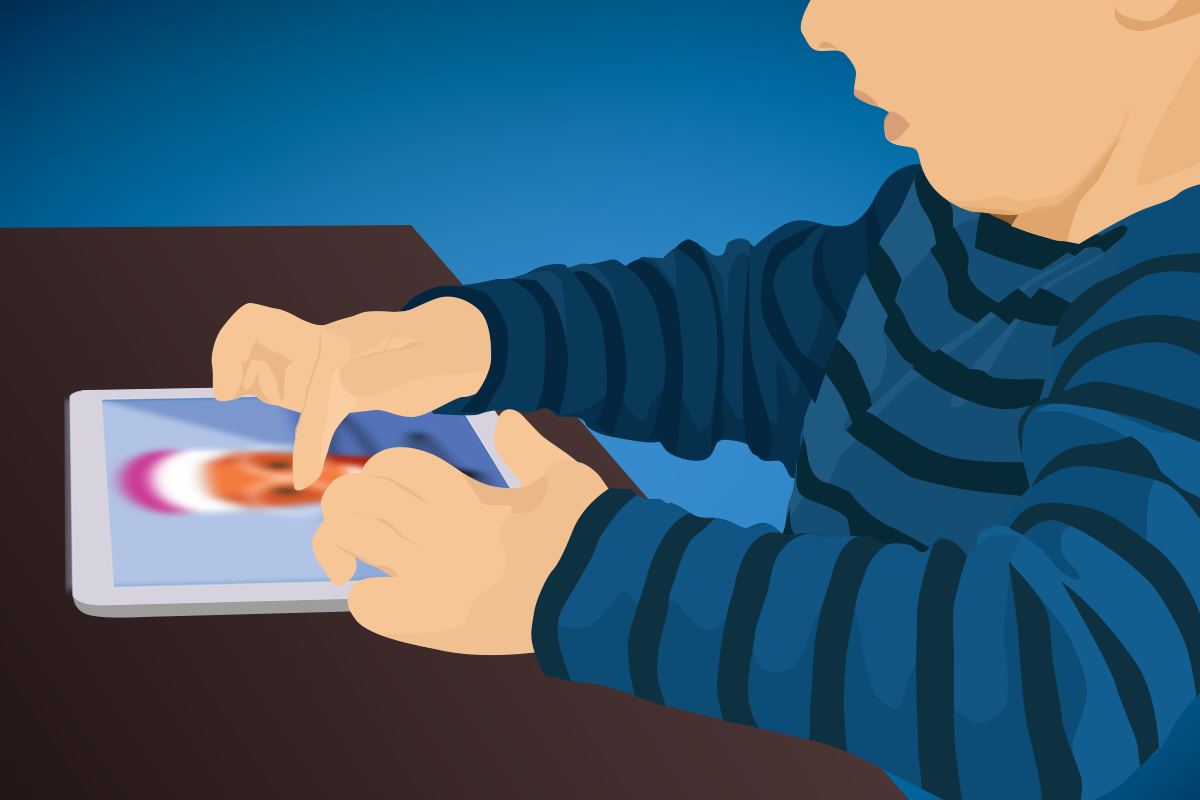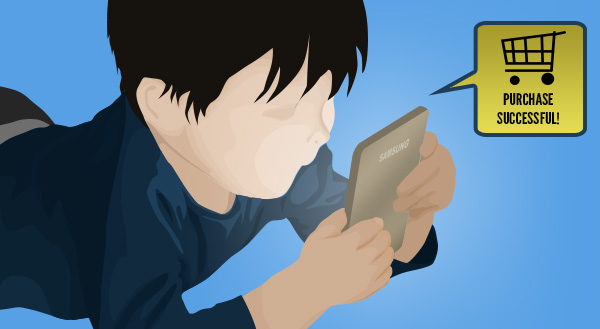
Tablets are convenient, light, and portable. Maybe you got a new one during the holiday, or your old one needs replacing. You can feel better about moving to the new device if you turn the old tablet into a child-friendly device. Here’s how.
Before giving your tablet up, clear your browsing history, emails, and banking details. In Android Settings you can use the Clear Data feature, whereas on iOS, you go to General in Settings to Reset and choose Erase All Content and Settings.
Purchasing a new, sturdier case can help protect the tablet from the wear and tear of being a kid’s go-to device. A waterproof case is a must for the juice-box-aged user. When selecting a protective case, keep in mind that you want sturdy but also lightweight. A screen protector is also a good idea. Little people have lots of sticky things in their hands after all.
You’ll also want to set up a child safety lock. This allows you to lock the screen by setting a PIN in the settings. On Apple and Android products, you can choose the app your child can use and lock the screen. If they want to switch apps or access anything else, they’ll need you to enter the PIN to do so.
There are many special apps for kids you can download these days. Before gifting the device, download some educational and entertainment apps for them. Common Sense Media can be a useful resource to help you find appropriate apps for the right age. You might also visit Zerotothree.org. Their E-AIMS model helps you choose Engaging, Actively Involved, Meaningful, and Social content.
When can kids turn on tablets?
There’s a lot of debate around what is an appropriate age for a child to use electronic devices. Typically, the recommendation is to wait until your child is at least preschool age. By age three, many children are “active media users” enjoying educational electronic content.
Between the ages of 4 and 11, the child will be able to engage more with the tablet, but they should be supervised. Adults need to monitor activity, co-view, and ask questions about the games or content to encourage digital literacy.
Regardless of the age of your tablet user, it’s always best to start out by talking through the rules for the device. You’ll want to help your little techie learn how to use this tool safely and responsibly.
Need help getting your tablet ready to gift to a young user? We can help. Our tech experts are also here for any tablet repairs you might need. We can offer remote support to get you (or your child) up and running again on that tablet. Contact us today at (515)422-1995.



